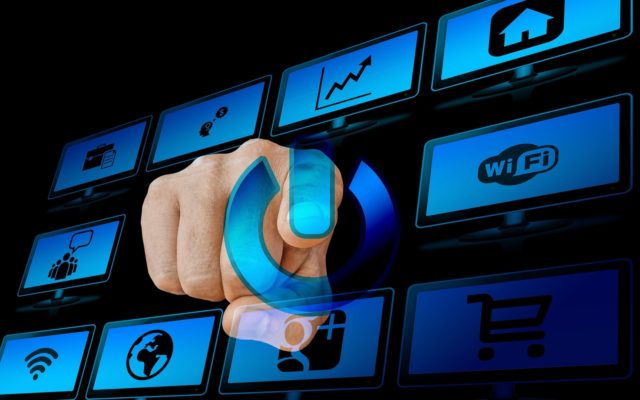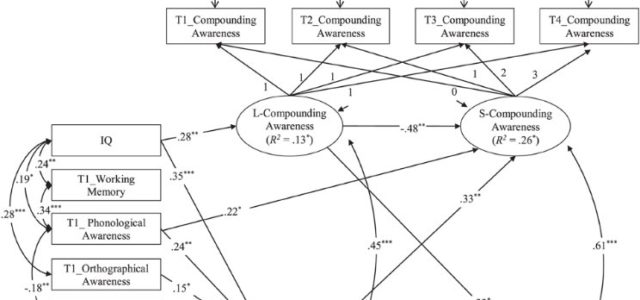The technology revolution of the 21st Century has opened the avenues towards many possibilities. We now have a mobile data traffic explosion on our hands, which can end up expanding growth while we move into the next decade.
Due to a continuous upwards curve in the number of people using mobile phones, global mobile data is set to witness a steep rise in its chart. The rise has also been propagated through technological advances when it comes to the Internet of Things (IoT) and the use of 4G networks in expanding the scope of all that is offered to the consumers.
Experts have also suggested that global mobile data traffic is set to explode and reach a figure of 100 exabytes per month in 2023. This would mean that annual figures would surge well over 580 exabyte. Moreover, there would also be an increase in the number of connected devices. There would be 31.6 billion devices in the world by 2023, which would be a sizable increase from the 17.5 billion devices we have now. This expected rise in mobile data traffic and the presence of newer and better technology outlets has meant that firms operating in the industry need to up their game. The activities towards introducing a better range of services and improvement in CX have already started. A few advances in this regard will be discussed below.
Upcoming Mobile Applications
With a massive explosion of traffic on the cards, cellular networks have not backed away from embracing the challenges and presenting valid innovations. Some of the advances in this regard include and are not limited to:
Internet of Things
One thing that we can successfully predict about the future is the wide range of devices that will be connected to the IoT. Devices connected to the IoT are expected to grow at an annual growth rate of 19 percent until 2023. To summarize this information in figures, the world would have around 20 billion of the expected 30 billion devices in total related to the IoT by 2023. By connected IoT devices, we mean connected machines, cars, sensors, meters, consumer electronics, point of sale terminals, and consumer wearables.
By the end of 2017, there will be roughly 0.5 billion IoT devices that have a cellular connection with them. This number will increase over time, and is projected to reach around 1.8 billion by the year 2023. This would add up to be 75 percent of the whole wide area category. Presently, the most dominant technology in the widespread wide-area-segment is GPRS/GSM. However, by the time we reach 2023, cellular connectivity will mainly be centered towards 5G and LTE.
Voice Applications
Voice over LTE or VoLTE (Voice over Long Term Evolution) subscriptions are believed to exceed over 650 million by the year end. The rising number of customers this year and for the coming years will create a foundation for enterprise communication and for interoperable consumer services on connected devices.
VoLTE has currently been launched over 125 networks across 60 countries in all regions. The number of subscribers connected to VoLTE will eventually reach more than 5.5 billion customers by the end of the year 2023. The high increase in connection would account for more than 80 percent of all LTE and 5G subscriptions by that time.
VoLTE is basically delivered through the IMS or the IP Multimedia Subsystems, and allows operators to provide high quality communication and other data services on smartphones. Functionalities in this setup include HD voice, HD voice+, music within calls, video communication, content sharing in calls, evolution to chat bots, several devices sharing one phone number, and IP messaging. WI-FI calling is also built on the core network systems present in VoLTE. This gives operators the leverage to extend their offerings to areas with limited coverage. WI-FI calling has been incorporated on 55 networks in over 30 countries.
Event Experiences
Data compiled from highly anticipated sporting events has illustrated the growing use of mobile services by spectators during these competitions. Studying the feasibility for this setup, operators have now planned to implement 5G technologies at upcoming events such as the 2018 meet in Pyongyang and the 2020 event in Tokyo. This would be done to showcase an enhanced customer experience during these events by more engaging content such as video integrated with real-time data, historic event data, sports performance data, live event replays, event highlights, interactive statistics, event-related social media, and exclusive behind-the-scenes content, including press conferences and interviews.
The statistics for this to be implemented have been gathered in an in-depth way. At the recent 2016 event in Rio, there was four times more data traffic carried by networks as compared to the 2012 event in London. Data from another event held in Hungary during the current year shows that the daily mobile data traffic raised by more than 10 times the volumes in areas associated with the event. To meet these magnified expectations from customers, operators would need to effectively prepare well before the event kicks off.
The average traffic of data per smartphone is also on a steep rise, and as mentioned above would reach new heights by the end of 2023. Consumers in North America, which has the highest traffic and usage, are expected to consume 7.1 GB of data per smartphone per month by the end of this year. This usage rate is expected to increase up to 48 GB per smartphone per month, by the end of 2023. Simultaneously, Western Europe currently has a usage rate of 4.1 GB, which is predicted to increase up to 28 GB by the end of the year 2023. India will also experience the impact of this growth, which makes this a global forecast rather than a regional trend.
Different Types of Networks
The move into the future would require an evolution in networks to meet the enhanced needs of the future. As networks evolve further, there will be a great opportunity to solve present use cases as well as to meet the demands of the new ones that arise when 5G is implemented. The evolution to 5G networks would mean that the usage of the data will be met by an increasing network quality. Mobile broadband is currently used for browsing, going over your social media, listening to some music, and watching a video.
The evolution of data networks through 5G will enhance this experience and make room for creative live sport events and concerts, 4K/8K videos, and an enthralling AR/VR gaming experience. This would be replicated across all major factors such as automotive, manufacturing, healthcare, technologies, energy, and utilities. The use case for all of these industries would increase over time, and the evolution to 5G will be present to support the increase.
With unlimited prospects, Telcos will play an even more important role in ensuring the smooth flow of affairs into the modern era of possibilities. Users wishing to step into the possibilities will be aided by the presence of compatible offerings of Telcos, aligned with all that has been mentioned above.
The data for this article has been garnered from the mobility report by Ericsson. I captured this content on behalf of DevMode Strategies during an invite-only tour of the Ericsson Studio in Kista. Rest assured, the text and opinions are my own. I would like to thanks them for giving me the privilege to use their exemplary research statistics for my article and inviting me in Kista.
Interested readers can download the report by clicking here.
Article by channel:
Everything you need to know about Digital Transformation
The best articles, news and events direct to your inbox










